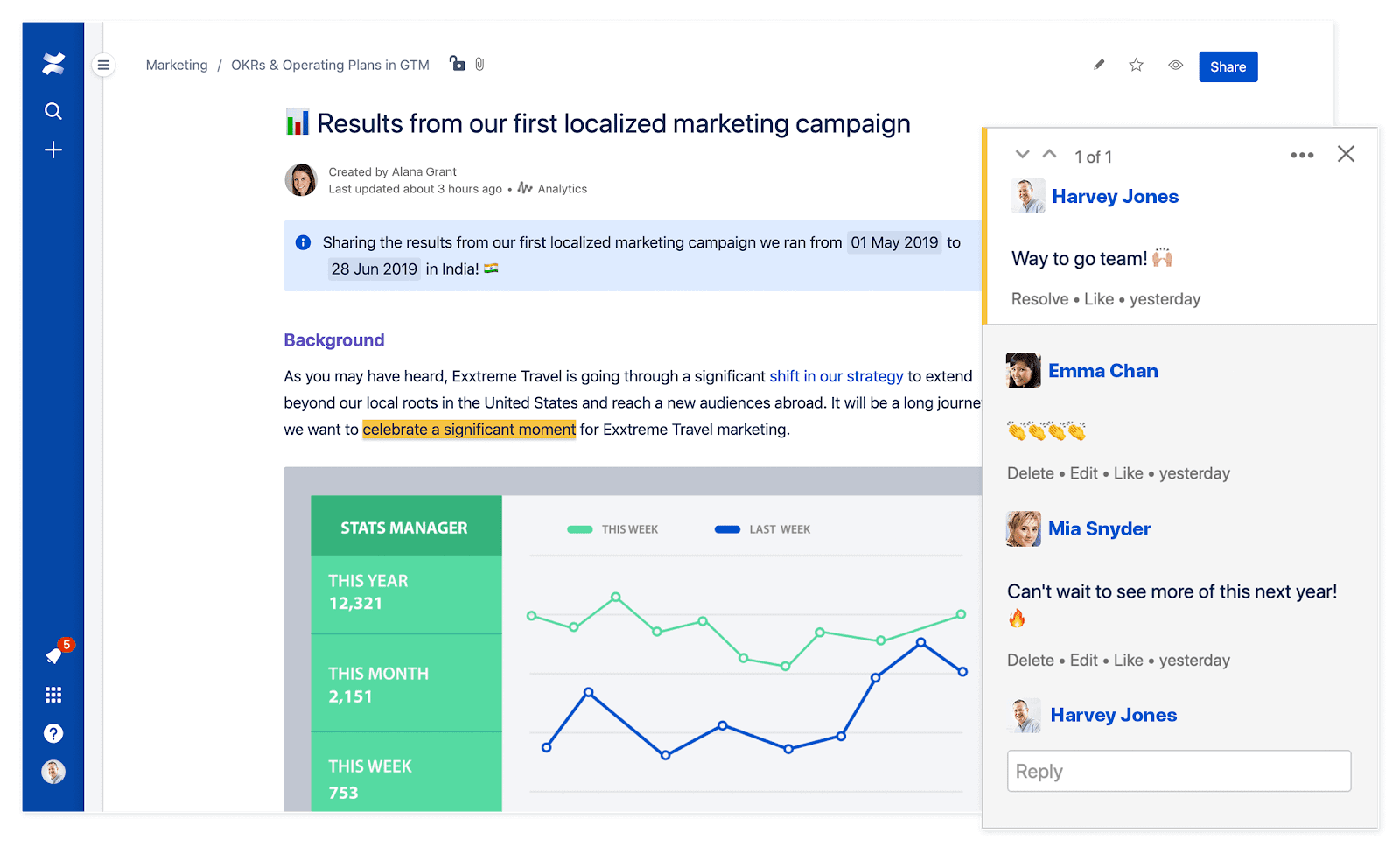How to create a culture of knowledge sharing
Put an end to information hoarding and set the stage for open communication.
Browse topics
Do you work on a truly open team? Or are employees at your company just competing with one another in a gauntlet-style brawl for who can capture and hoard the most information?
Knowledge sharing in the workplace is the process of creating space for open communication about the wins, losses, and lessons that employees are collectively experiencing. Without a comfortable environment in which teammates can share openly, actual output is jeopardized.
Effective knowledge sharing happens when a company’s culture and technical infrastructure are aligned toward open communication.
Ironically, these fluid, open environments are achieved by implementing process; effective knowledge sharing happens when a company’s culture and technical infrastructure are aligned toward open communication. So when implementing better knowledge sharing practices, it’s important to develop a strategy that includes both cultural and technical infrastructure.

